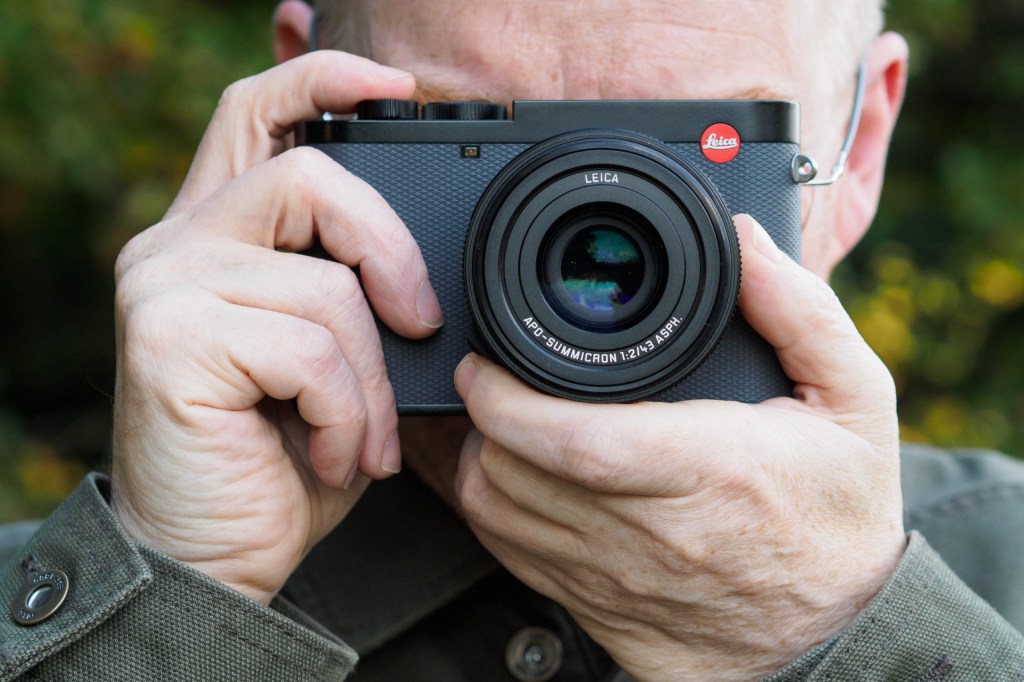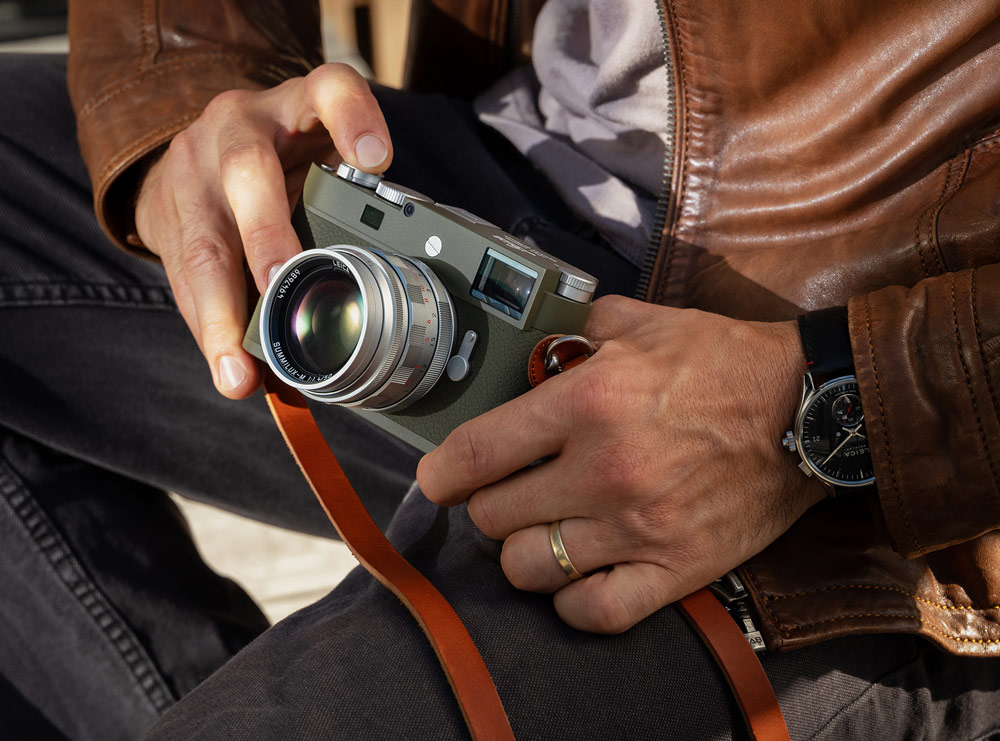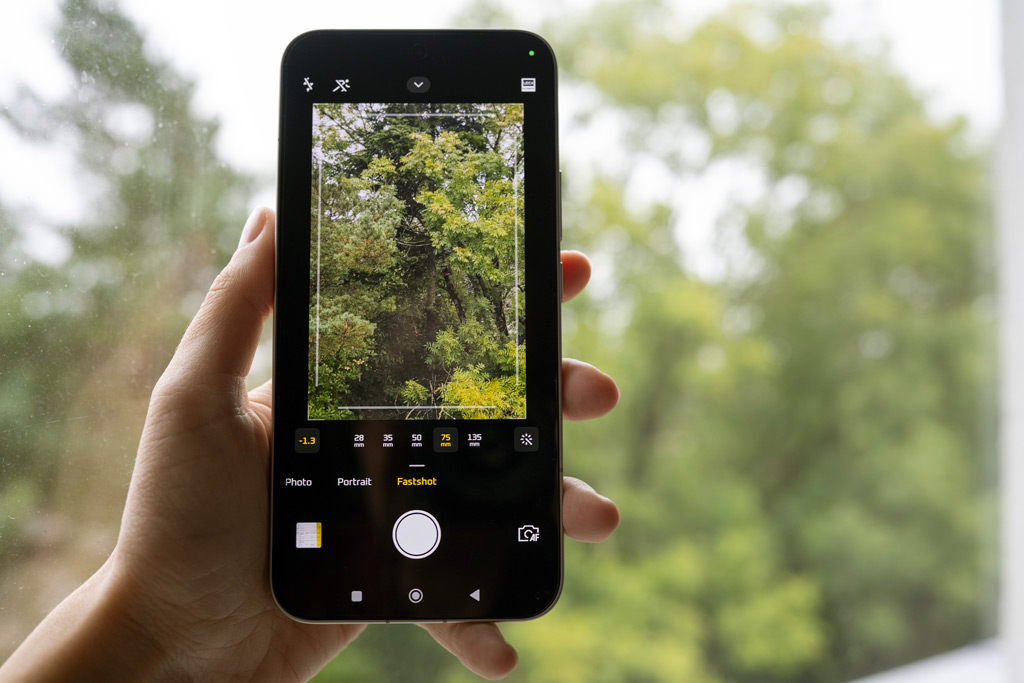Leica’s latest financial results have been announced, with the company popping the champagne corks over record sales in the 2024/2025 financial year.
Revenue increased by 7.6% from April 2024 to the end of March 2025 to around €596 million (about $700,220). This is up from €554 million in the previous financial year.
This was largely driven by growth in the core photo and mobile phone segments; while there is not a standalone Leica phone, the company works closely with Android handset maker Xiaomi.
Regionally, the biggest revenue growth came in Europe (7.6%), with Leica’s home turf of Germany chalking up an 11.4% growth. Leica will also be happy with the +7.3% growth in Asia, including the increasingly important Chinese market, while revenue in North America grew by 6.2%. This is respectable considering the impact of Trump’s tariffs, and the uncertainty they are generating.
Leica Q3 cash cow
Over the past financial year, Leica has introduced several new cameras, which have contributed to the growth in sales. The Leica Q3 was the biggest seller among the company’s digital cameras. This compact full-frame camera has also been available with a 43mm fixed focal length since September 2024 and its success is another reminder of the compact camera revival.

The full-frame system cameras Leica SL3 and SL3-S were also in high demand. A small compact camera was added to the range in the form of the Leica D-Lux 8. For the M-System, Leica launched the M11-D, a variant of the full-frame digital camera that dispenses with a digital display.

Good LUX charm
In addition to the increasingly important relationship with Xiaomi in the mobile phone sector (click here for more on the new Xiaomi 15 series with Leica-branded lenses and a new Leica Street Photography Mode), Leica reports over 1 million downloads of the Leica LUX app for the iPhone.

The Leica LUX smartphone camera grip came out in February, with a shutter button and zoom function, and is designed to replicate the handling and feel of a classic Leica camera.
This year, Leica is celebrating the 100th anniversary of the Leica I, which was the first mass-produced 35mm camera. Click here for more on the company.







